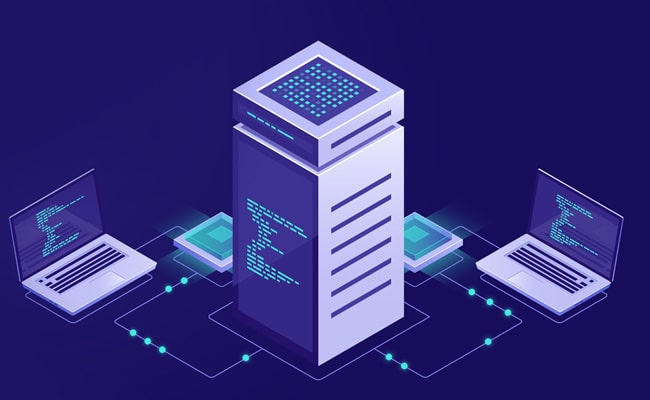Business Continuity Planning (BCP)
The Need for Business Continuity Planning
Our Business Continuity Plan involves identifying business functions that are essential for your company’s operations and establishing processes to keep them running with as little or no downtime. Once the essential business functions, and planned and unplanned downtime scenarios are identified, developing a business continuity plan involves conducting a business impact analysis to identify vulnerabilities, evaluate the consequences of an interruption in business operations and determine what contingencies need to be put in place to address the risks.
Benefits of Business Continuity Planning
Build reputation and trust
Uninterrupted revenue generation
Improves stakeholder confidence
Prevents panic
Eliminates inefficiencies
Provides a competitive advantage

Chat with a Syndrome expert for a 30-minute strategy session at no cost
Discover the full value of your business and technology potential with a Syndrome expert consultation at no cost.
Why Syndrome for Business Continuity Planning?
Identify objectives and goals
For us at Syndrome, business continuity management extends beyond your IT systems, it applies broadly to all critical business functions, including human resources, operations, public relations, and more.
At the highest level, the objective of creating a BCP is to keep your essential business processes running or minimize disruption. Our experts, at Syndrome, involve all your key executives to identify the goals and objectives most important to the way you operate.
Establish an emergency preparedness team
While it is natural to panic when a disruption sets in, we keep your organization prepared well in advance. We strategically identify a few cross-functional managers or leaders from your organization who bring something valuable to the table. We train them on how to keep things moving forward across your organization and make decisions when necessary.
Risk assessment and business impact analysis
We help you identify the biggest potential threats to your business, then research and analyze them thoroughly. We meet your key executives to discuss the potential business impact if you were to reduce, modify, or eliminate certain key services or functions. We document the risks, the issues identified and related business impact.
Strategy and planning
Using the results of risk assessment and business impact analysis, our team creates detailed recovery strategies and plans. The team looks into the effects of any crisis scenario and creates strategies to mitigate the threats. For every essential business function, we create a corresponding response strategy.
Trials, revisions and training
Once the plan is created, we proactively perform trial runs to check the efficacy of each part of the plan. We identify any weaknesses and make repeated revisions till the plan runs optimally. Once the final plan is in place, we train your staff to act accordingly.
Related Services



